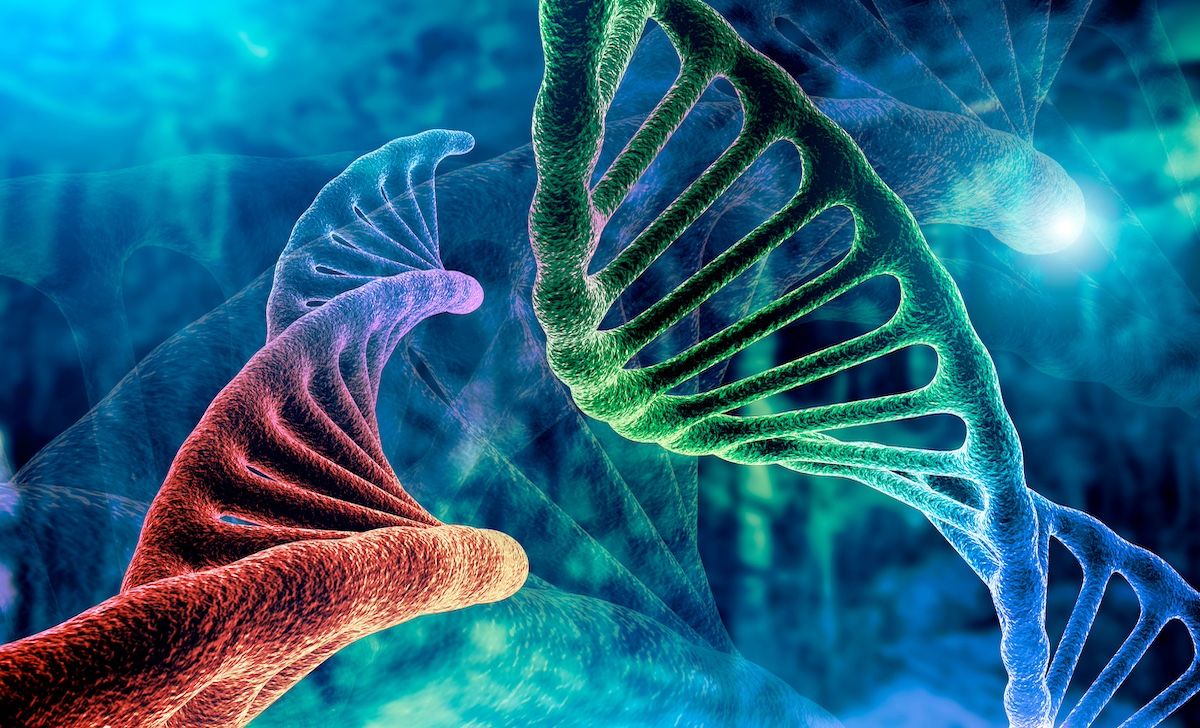News
Article
AAV Therapy: A Successful 1-Patient SPG50 Gene Therapy Trial
Author(s):
An adeno-associated virus (AAV) gene therapy for hereditary spastic paraplegia type 50 (SPG50)—funded by a young patient’s family—gives hope not only to a 4-year-old, but to researchers working on similar projects for other rare diseases.
In hereditary spastic paraplegia type 50 (SPG50)—an ultrarare form of neurodevelopmental/neurological disorder described as ideal for gene therapy—Canadian researchers successfully created and completed a phase 1 gene replacement therapy trial for a single patient. They presented their results in Nature Medicine, also providing an outline that others can follow in future gene therapy studies for rare diseases.1
Additionally, these study results have spurred a larger US-based trial to treat other patients with SPG50.
SPG50 is a progressive disease marked by developmental delay and progressive microcephaly. The patient here was a 4-year-old boy diagnosed with SPG50 by whole-exome sequencing at age 18 months. Twelve months after intrathetically receiving the adeno-associated virus (AAV)-based gene therapy product carrying theAP4M1gene, the boy’s disease course seemed stabilized, the therapy was well tolerated, and he had experienced no serious adverse events.
Hereditary spastic paraplegia type 50 is a progressive disease marked by developmental delay and progressive microcephaly | Image Credit: vladimircaribb-stock.adobe.com

The authors noted that longer follow-up is, of course, necessary to confirm the therapy’s safety and to continue to provide insights on its efficacy—but their work exemplifies the growing potential to develop gene- and/or mutation-specific treatments for many rare diseases.2
The Young Patient
This boy is only 1 of about 100 patients worldwide, and the only in Canada, with SPG50. At the predosing baseline, the authors described, he could crawl 5 feet, pull himself up to stand momentarily at a table, and walk a few steps with assistance. Nonverbal, and with limited communication through gestures and sounds, he had a pincer grasp and could feed himself with his hands, stack 2 blocks, and scribble. Progressive limb spasticity is a major SPG50 disease component, the team wrote, noting that this patient’s “physical examination was most notable for diffuse spasticity (lower extremity more affected than upper extremity) and hyperreflexia.”
The study’s secondary end point was efficacy, which was met with disease stabilization. The authors measured spasticity using 2 scales developed for cerebral palsy: the Tardieu and modified Ashworth scales. Although not all data assessments could be completed because of the young patient’s discomfort, there were no negative changes in successfully scored joints compared with predosing assessments, said the team.
In subjective analysis, the authors saw no overall disease worsening or loss of skills. After treatment, the boy could stand with his heels on the ground—previously not possible. He also could tolerate longer periods of standing in a stander and walking with an assistive device. Some developmental and motor domain skills improved, while adaptive behavior saw a modest decline according to one scale.
Safety and tolerability, the trial’s primary end points, were met as well.
Gene Therapy Approach to SPG50
Among the reasons thatSPG50 is “an ideal candidate disease” for gene therapy, the authors noted, is that “the coding sequence is small (1359 base pairs) and fits within a self-complementary AAV vector.” Because causative mutations result in loss of expression/function, gene re-expression would be anticipated to be effective, they continued. Plus, because the AP-4 complex is an obligate heterotetramer, that may protect against overexpression-related toxicity.
The study did not come cheap. As estimated by the CureSPG50 Foundation—which was founded by the patient’s family soon after the child was diagnosed, specifically to develop a gene therapy—the total cost of the project for preclinical development was Canadian $3,500,000. The clinical trial’s cost was about $250,000, with more expenses related to concomitant medications (tacrolimus and sirolimus); there were also difficult-to-estimate in-kind contributions.
“Cost-reducing innovations are clearly needed” to develop more gene therapies for rare diseases, the authors declared. Worldwide, rare diseases affect more than 400 million individuals, but fewer than 5% of the diseases have treatments.
References
1. Dowling JJ, Pirovolakis T, Devakandan K,et al.AAV gene therapy for hereditary spastic paraplegia type 50: a phase 1 trial in a single patient.Nat Med. Published online June 28, 2024. doi:10.1038/s41591-024-03078-4
2. Kim J, Woo S, de Gusmao CM, et al. A framework for individualized splice-switching oligonucleotide therapy.Nature. 2023;619(7971):828-836. doi:10.1038/s41586-023-06277-0




